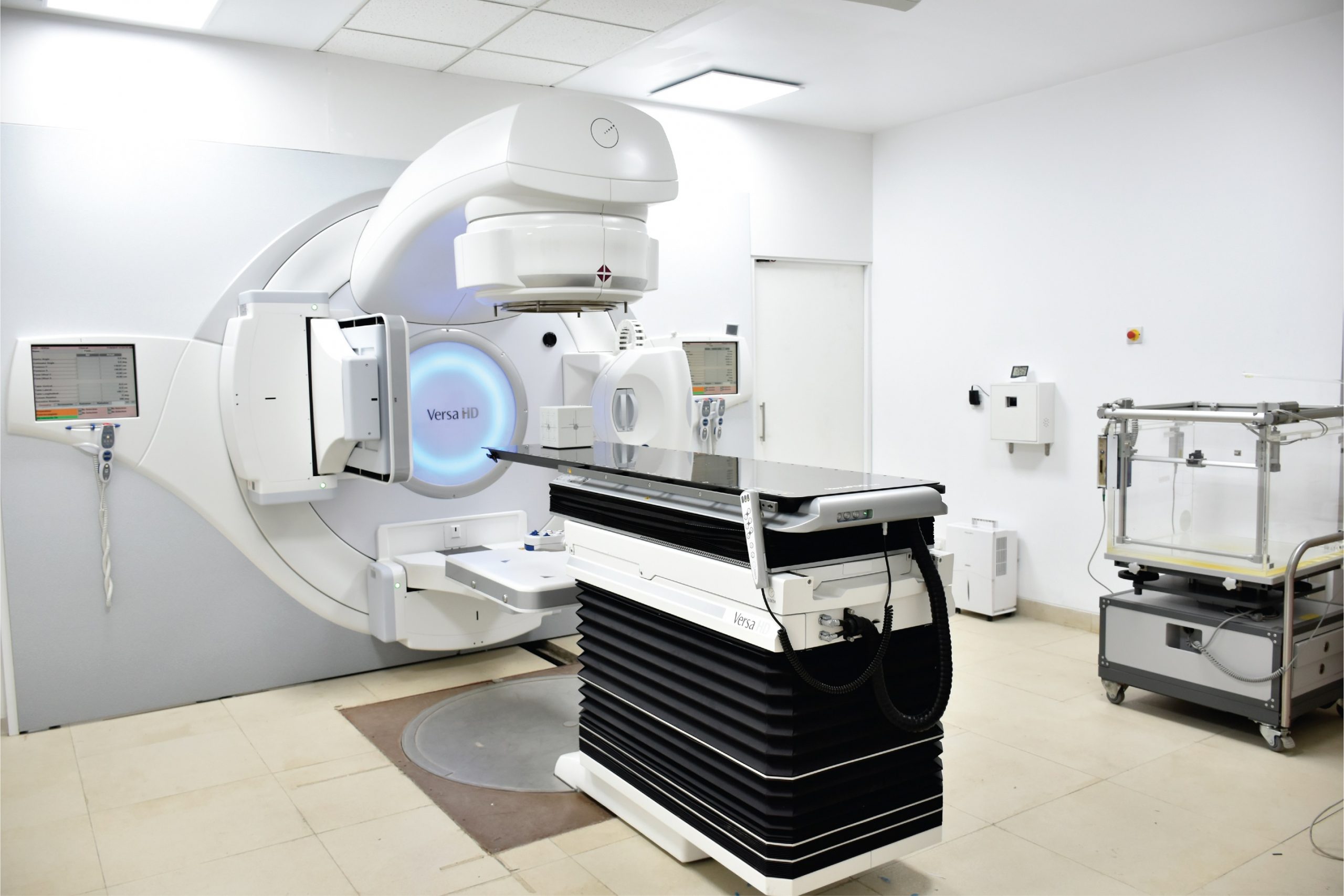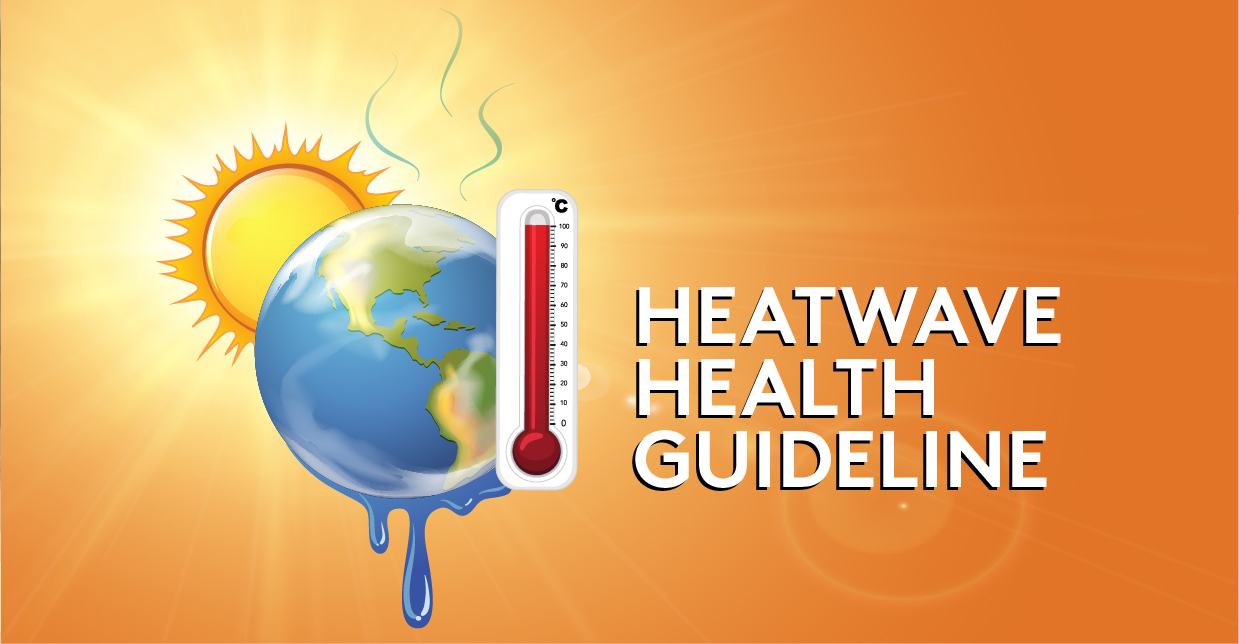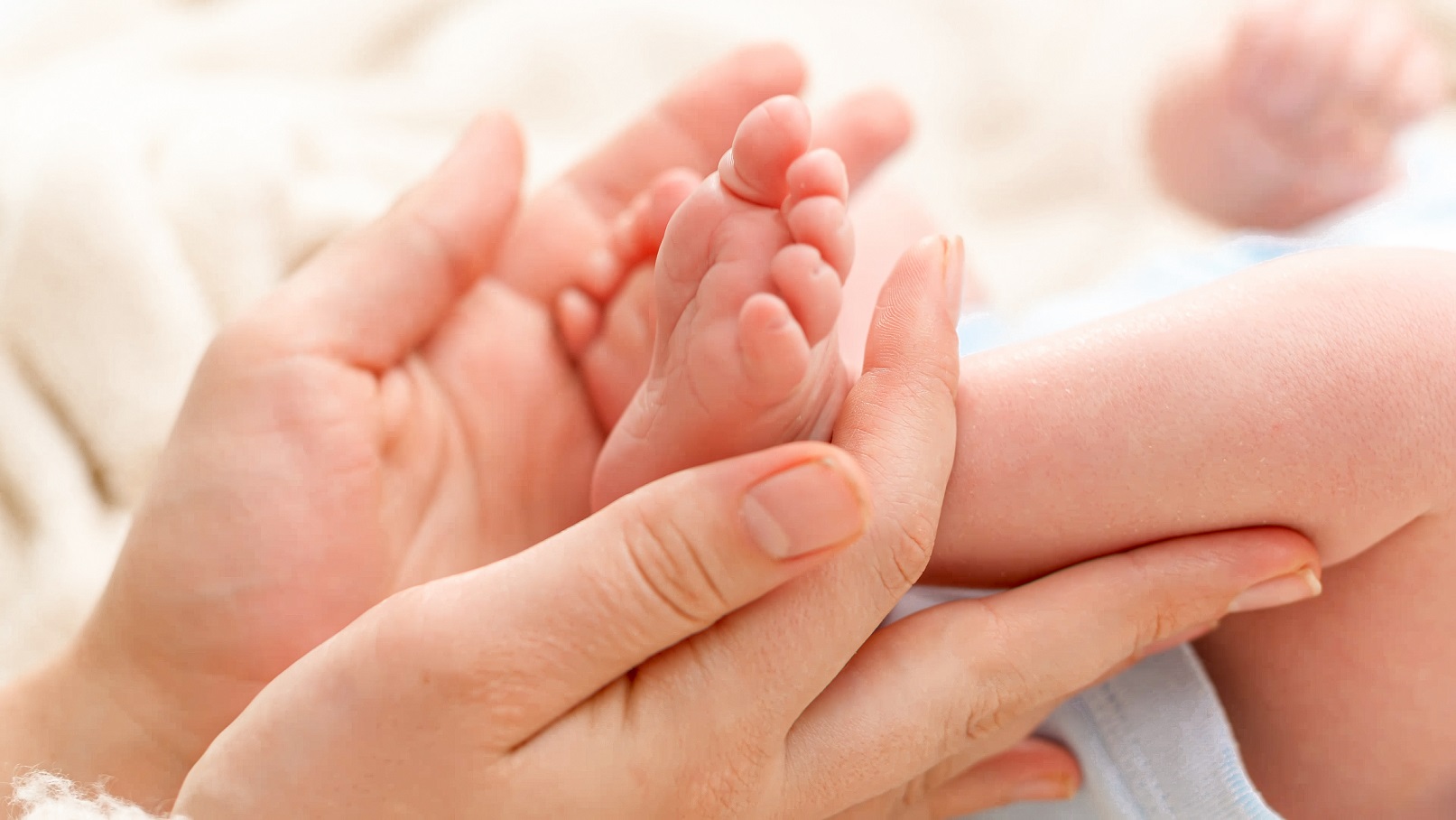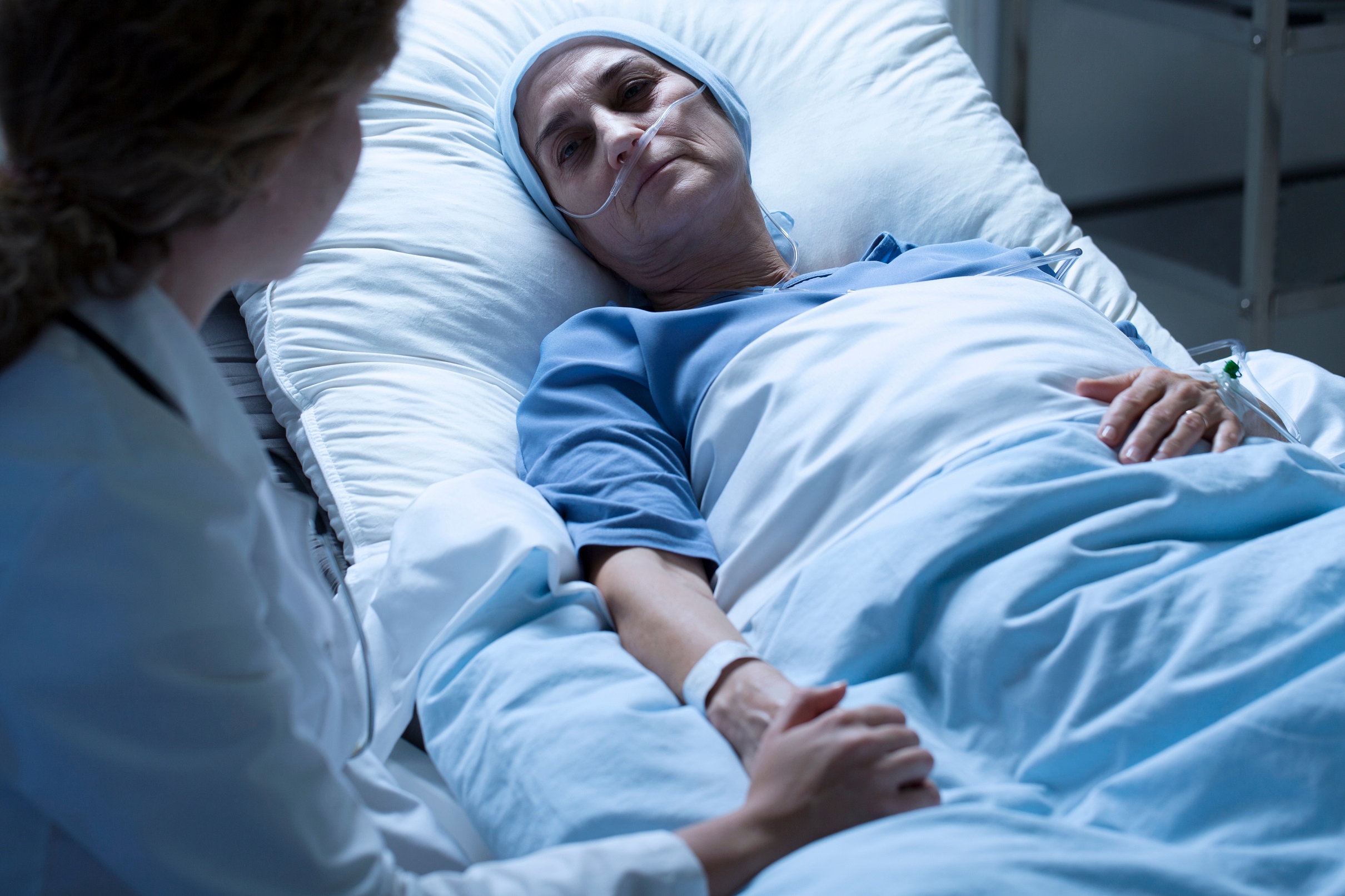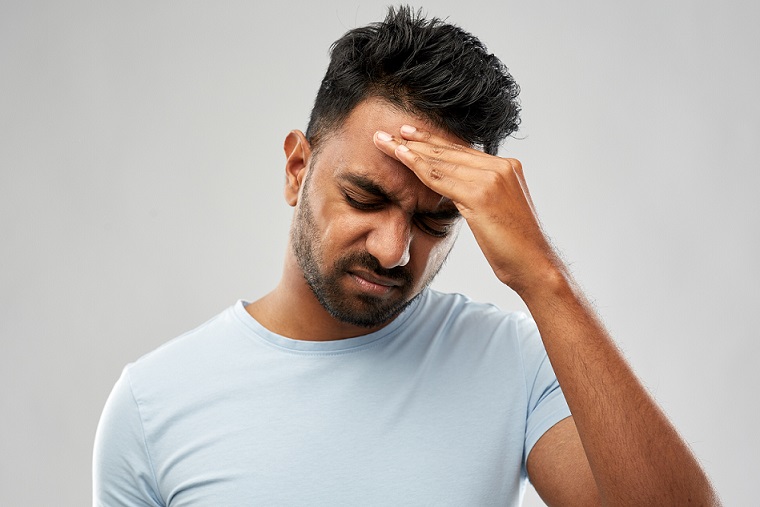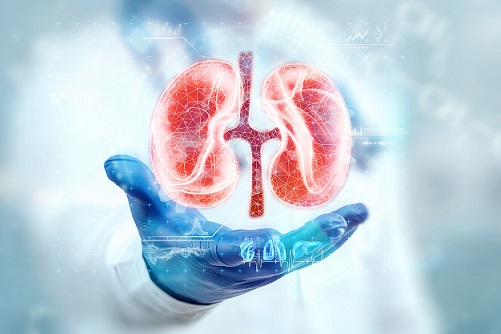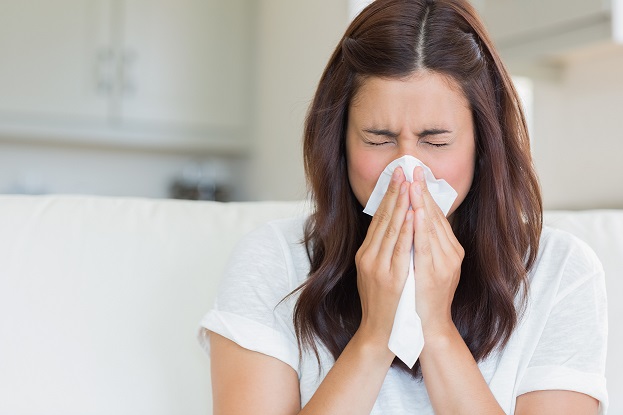The Importance of Breastfeeding in Bangladesh
In a world grappling with numerous health challenges, breastfeeding emerges as a simple yet powerful solution that can significantly impact the well-being of individuals and entire communities. As of 2023, Bangladesh stands at a critical juncture where promoting and supporting breastfeeding can foster a healthier, more resilient society. The evidence-backed benefits of breastfeeding extend far beyond infancy, making it a lifelong investment in health.
Need for Better Education and Support for Mothers in Bangladesh
In 2023, Bangladesh faces challenges in improving breastfeeding rates. According to recent data from the Bangladesh Demographic and Health Survey (BDHS), exclusive breastfeeding rates for infants under six months remain suboptimal, with only 35.9% of babies being exclusively breastfed. Furthermore, the initiation of breastfeeding within the first hour after birth stands at a mere 36%, indicating a need for better education and support for mothers.
Breastfeeding provides a myriad of immediate and long-term health advantages, both for the infant and the mother. In the short term, breast milk is a complete and easily digestible source of nutrition, protecting infants from infections, diarrhea, and respiratory illnesses. Longer-term benefits include a reduced risk of obesity, type 2 diabetes, and certain childhood cancers.
For mothers, breastfeeding lowers the risk of breast and ovarian cancer and contributes to postpartum weight loss. Investing in breastfeeding can alleviate the strain on Bangladesh’s healthcare system by reducing the burden of preventable diseases and minimizing healthcare costs.
Bangladesh faces significant challenges concerning malnutrition, especially among its young population. In 2023, stunting and wasting rates stand at approximately 12.5% and 27.5%, respectively, among children under five. Breastfeeding plays a crucial role in combatting malnutrition, as breast milk provides essential nutrients and immunological factors that promote healthy growth and development.
Research indicates that breastfeeding is linked to improved cognitive development in children. A study conducted in Bangladesh by the International Centre for Diarrheal Disease Research, Bangladesh (ICDDR,B), revealed that children who were breastfed for more extended periods showed higher scores in cognitive tests. Such findings underscore how breastfeeding can contribute to the nation’s human capital development and long-term economic prosperity.
Supporting breastfeeding extends beyond the home, with a pressing need for breastfeeding-friendly workplaces. Encouraging employers to provide lactation rooms and flexible break times for breastfeeding can enhance mothers’ ability to continue breastfeeding after returning to work. The benefits of this investment extend to the economy as well, with healthier, more productive workers and reduced absenteeism due to child illnesses.
In 2023, Bangladesh has the opportunity to embrace breastfeeding as a potent tool for improving the health and well-being of its population. By focusing on increasing exclusive breastfeeding rates, promoting early initiation of breastfeeding, and creating a breastfeeding-friendly environment, Bangladesh can pave the way for a healthier future.
Investing in breastfeeding is not just a short-term strategy but a lifelong commitment to building a resilient, prosperous nation. It is a collective responsibility of policymakers, healthcare providers, communities, and families to support breastfeeding and unlock its full potential for the health and development of every Bangladeshi citizen. By doing so, Bangladesh can create a legacy of lifelong health, prosperity, and success for generations to come.
Author:
Dr. Nusrat Farooq
Senior Consultant
Paediatrics & Neonatology
References:
https://bmcpediatr.biomedcentral.com/articles/10.1186/s12887-018-1076-0
https://www.sciencedirect.com/science/article/pii/S0899900723000266



